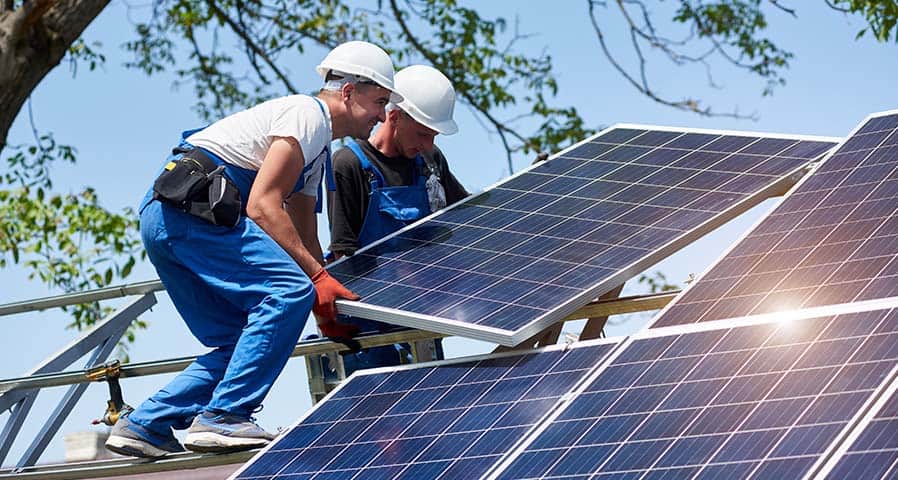Community solar is becoming an increasingly important tool for commercial property owners, multifamily operators, and organizations looking to reduce energy costs while supporting sustainability goals. Instead of relying on on-site solar installations, which may be limited by roof condition, orientation, shading, or structural constraints, businesses and property owners can subscribe to an off-site solar project within their utility territory. In return, they receive bill credits that offset their electricity usage, much like a virtual power purchase agreement but without long-term commitments or capital investments.
While many community solar financial incentives and rebates are geared toward income-eligible residential users, the structure of these programs demonstrates the strength and accessibility of the community solar model. For commercial and multifamily stakeholders, understanding these programs provides valuable insight into how shared solar generation works and how similar opportunities can apply to buildings, tenants, and mixed-use properties.
Why Community Solar Matters for Commercial and Multifamily Facilities
For commercial buildings and multifamily dwellings, Community solar offers several advantages:
- A pathway to renewable energy adoption without construction or maintenance costs
- Predictable bill credits that reduce operating expenses
- The ability to leverage community solar subscriptions as part of ESG, sustainability, or green building certifications
- Renewable energy access even when on-site solar is not feasible
Programs in states like Illinois demonstrate how effective this model can be. While the following grants focus on income-qualified residential participation, they serve as strong examples of the kinds of supportive policies that help grow the overall community solar market by benefiting commercial adoption as the sector expands.
Illinois Solar for All: A Model for Guaranteed Subscriber Savings
Illinois Solar for All (ILSFA) illustrates how structured state programs can lower barriers to participation and encourage widespread renewable energy use. Although ILSFA focuses on income-eligible residential participants, the way it operates provides a clear picture of how community solar subscriptions function for any subscriber type.
Through ILSFA, Approved vendors build large community solar projects that residents can join with no upfront cost. Subscribers receive credits on their electric bill based on their share of the project’s production, reducing the supply portion of the bill each month.
A sample scenario shows how impactful this structure can be:
- A household using 800 kWh may have a total bill of $133.
- If enrolled in community solar through ILSFA, they might receive a 600-kWh bill credit worth $60.
- With a capped subscription fee and the applied credit, their total bill might fall to around $103.
Participants are guaranteed savings, and unused credits can roll over. This predictable, standardized structure is exactly what makes community solar appealing for commercial and multifamily operations: transparent billing, no equipment requirements, and immediate energy cost reduction.
Community Solar Energy Sovereignty Grant Program: Supporting Local Ownership
Another Illinois example, the Community Solar Energy Sovereignty Grant Program, focuses on community ownership, offering grants to municipalities and community organizations for predevelopment and development of community solar projects. Up to $8.5 million per year (subject to appropriation) is available to support planning, design, and construction.
Although this program primarily supports community-based organizations, its structure is relevant for commercial property owners and multifamily developers interested in long-term energy resilience, local partnerships, or exploring ownership roles in future community solar projects.
Community Solar as a Strategic Opportunity
For commercial properties and multifamily dwellings, community solar offers a low-risk, high-impact way to reduce operating costs, meet sustainability goals, and provide value to tenants. Programs in Illinois showcase how well-designed incentives can reduce barriers for participants and accelerate solar adoption across entire communities.
As more states expand access, developers, operators, and businesses can expect increased opportunities to participate, either as subscribers or partners, solidifying community solar as a key component of the modern energy strategy.






0 Comments